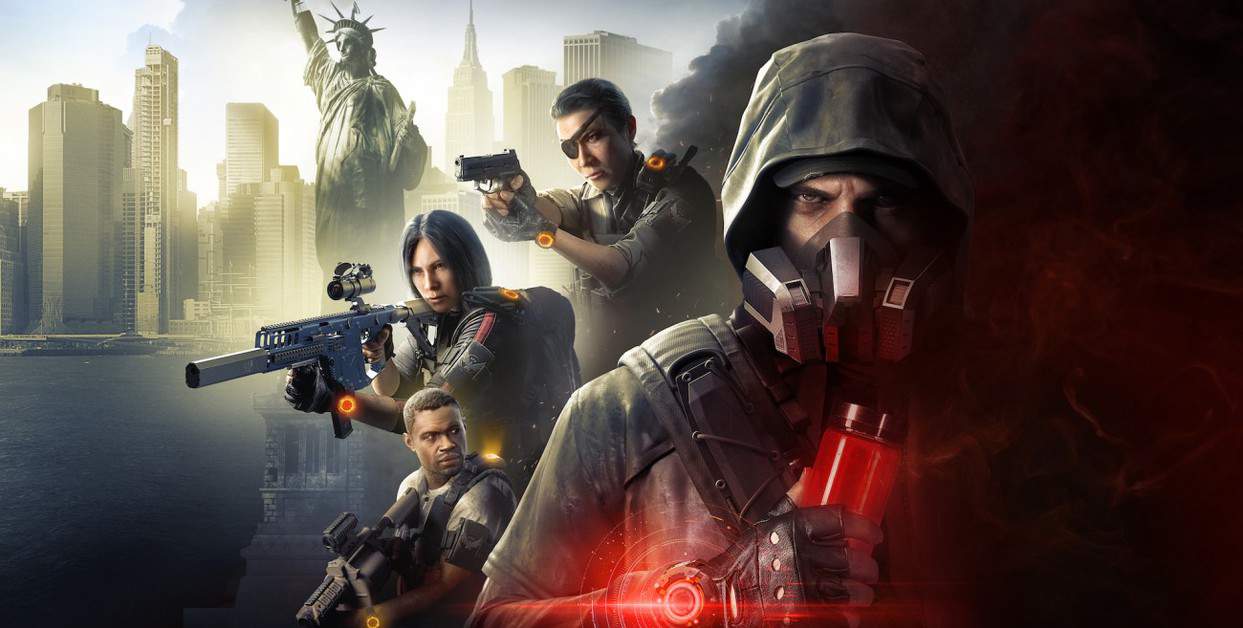The revisit to New York is more beautiful than you last remember it. Things might get a bit hefty for your PC, so in order to enjoy the new content at its best, we have a few tweaks in this The Division 2 Warlords of New York PC Performance guide that you might want to do prior to starting the game.
The Division 2 Warlords of New York PC Performance
Before anything, let us help you determine where exactly your PC build stands in being able to run The Division 2. All things considered, it is a pretty well-optimized game, so you shouldn’t have much trouble with annoying stutters or anything.
Minimum Requirements
OS: Windows 7 SP1, Windows 8.1, Windows 10 (64-bit versions only)
Processor: AMD FX 6350, Intel i5-2500K (SSE 4.2 and AVX support required)
Video: AMD R9 280X or NVIDIA GeForce GTX 780
Memory: 8GB RAM
DirectX: DirectX 11 or DirectX 12
Recommended Requirements
OS: Windows 7 SP1, Windows 8.1, Windows 10 (64-bit versions only)
Processor: AMD Ryzen 5 1500X, Intel Core i7-4790 (SSE 4.2 and AVX support required)
Video: AMD RX 480 or NVIDIA GeForce GTX 970 (4GB VRAM with Shader Model 6.0 or better)
Memory: 8GB RAM
DirectX: DirectX 12
1440p Build (60 FPS)
OS: Windows 7 SP1, Windows 8.1, Windows 10 (64-bit versions only)
Processor: AMD Ryzen 7 1700X or Intel Core i7-6700K (SSE 4.2 and AVX support required)
Video: AMD RX Vega 56 or NVIDIA GeForce GTX 1070 (8GB VRAM with Shader Model 6.0 or better)
Memory: 16GB RAM
DirectX: DirectX 12
Build required for 4k (60 FPS)
OS: Windows 7 SP1, Windows 8.1, Windows 10 (64-bit versions only)
Processor: AMD Ryzen 7 2700X, Intel Core i7-8700K (SSE 4.2 and AVX support required)
Video: AMD Radeon VII (11GB VRAM) or NVIDIA GeForce RTX 2080 TI (11GB VRAM with Shader Model 6.0 or better)
Memory: 16GB RAM
DirectX: DirectX 12
Use the Benchmark Tool
It’s safe to say that the benchmark tool is actually pretty helpful. It will put the game under maximum and minimum stress and determine the average FPS it gets in all these scenes.
You can use this to determine which set of settings are the best for your experience.
From the nature of the game, it would be ideal to always strike for 60 FPS in all situations, otherwise, the firefights just become dull.
Resolution Scale
If you are suffering and find yourself on the lower end of FPS, with dips here and there, try lowering down the resolution scale to 85%.
The effects of lowering the sharpness aren’t even that noticeable, and you will gain a significant boost in performance in-game.
Volumetric Fog
The volumetric fog is beautiful, and it pained me to tune it down for better FPS, but honestly, I’d much rather prefer those extra frames over the beauty of the fog.
Lowering it down to medium or low can really help out in getting extra frames. For me, it significantly improved my frames from 45 to a consistent 50 and above.
Lock the Frame Rate
If you feel like you are annoyed by the fluctuation of the frame rate, try locking it into one place. If you feel like the consistent drops from 40 to 50 is extremely annoying, then just lock the game on 30 FPS.
Sometimes, this option can also help in preventing your GPU from heating up too much. If your monitor supports a refresh rate of only 60 Hz, it is recommended that you lock the game’s frame rate to 60, because anything above that is useless and is just going to put a strain on your PC.
Try Lowering the Presets
If all else fails, and your PC isn’t up to par to run the Division 2 properly, then try lowering all presets, tweaking the Ambient Occlusion, and lowering the water quality.
Hopefully, this will give you the additional boost you need. However, lowering these settings doesn’t exactly give that much of a difference; try them only as a last resort.
